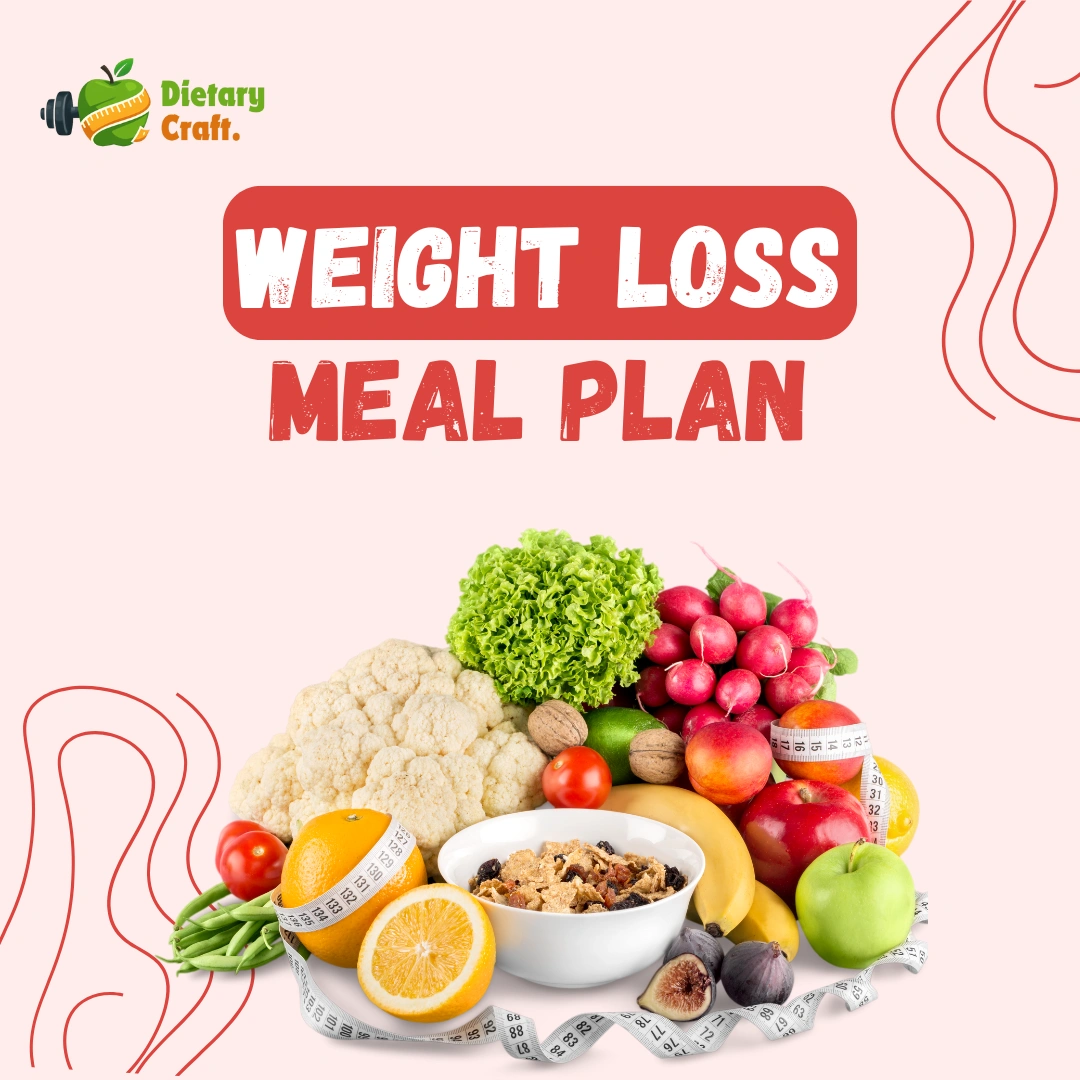When it comes to weight loss, snacking often gets a bad reputation. Many diets suggest cutting out snacks altogether, assuming that eating between meals leads to excess calories and stalled progress. But the truth is, snacking — when done right — can actually support weight loss, improve energy, balance hunger, and help you make better food choices throughout the day.
The key is to snack with purpose, not out of boredom or habit.
This article breaks down how to snack strategically for fat loss, what types of snacks support your goals, and which habits to avoid if you want to stay on track.
Why Snacking Can Help — Not Hurt — Weight Loss
Strategic snacking offers several benefits:
Transform Your Body in 4 Weeks!
Join our weight loss program today
- Personalized Meal Plan
- Daily Follow-up
- Weekly Grocery Lists
- 24/7 WhatsApp Support
- Educational Resources

- Prevents overeating at main meals
- Stabilizes blood sugar levels
- Reduces cravings for sugar or junk food
- Supports metabolism with nutrient timing
- Provides energy between meals or workouts
The problem isn’t snacking — it’s what and how much you’re eating.
Signs You’re Snacking the Wrong Way
Before we dive into healthy options, let’s fix the most common snacking mistakes that can sabotage weight loss:
❌ Snacking mindlessly while distracted
❌ Eating out of boredom or stress
❌ Choosing processed, high-sugar snacks
❌ Skipping real meals and grazing all day
❌ Letting snacks become full meals in disguise
If any of these sound familiar, don’t worry — small shifts can lead to big results.
Smart Snacking Guidelines for Fat Loss
Use these principles to snack smarter and still stay in a calorie deficit:
1. Pair Protein with Fiber or Healthy Fat
This combination keeps you full for longer and prevents blood sugar spikes that lead to cravings.
Examples:
- Greek yogurt + chia seeds
- Boiled egg + cucumber slices
- Hummus + carrot sticks
- Cottage cheese + berries
- Apple slices + almond butter
2. Keep Snacks Between 150–250 Calories
This range is enough to curb hunger without slowing fat loss. Oversized “healthy” snacks can still derail progress.
Tip: Use a small plate and avoid eating from large packages.
3. Snack Only When You’re Genuinely Hungry
Check in with yourself: Are you truly hungry, or just bored, stressed, or tired?
Try this: If you wouldn’t eat a boiled egg right now, you might not be truly hungry.
4. Plan Ahead to Avoid Impulsive Choices
Keep healthy options prepped and ready — whether at work, at home, or in your bag. This prevents grabbing chips, cookies, or fast food in a pinch.
5. Time Snacks Strategically
- Mid-morning: To maintain energy if breakfast was small
- Afternoon: To prevent overeating at dinner
- Pre-workout: To fuel your exercise
- Post-workout: To support recovery (especially with protein)
12 Best Snack Options for Weight Loss
Below are fat-loss friendly snacks that are balanced, satisfying, and easy to prepare:
1. Hard-Boiled Eggs + Cherry Tomatoes
- Packed with protein and nutrients
- Great for on-the-go snacking
2. Greek Yogurt with Berries
- High in protein
- Natural sweetness and antioxidants from fruit
3. Cottage Cheese + Pineapple Chunks
- High in casein protein
- Balanced sweetness and protein
4. Nut Butter on Rice Cakes
- Healthy fats for fullness
- Whole grains add slow-digesting carbs
5. Sliced Veggies + Hummus
- High in fiber and healthy fats
- Low-calorie but satisfying
6. Apple + Almond Butter (1 Tbsp)
- Sweet, crunchy, and satisfying
- Fiber + healthy fat combo
7. Protein Shake with Unsweetened Almond Milk
- Fast and portable
- Great post-workout or midday filler
8. Roasted Chickpeas
- Crunchy, savory, and full of fiber
- A smart alternative to chips
9. Oats with Cinnamon + Chia Seeds
- Can be eaten warm or as overnight oats
- Keeps you full for hours
10. Turkey or Chicken Slices + Sliced Bell Peppers
- High-protein, low-carb
- Great for curbing cravings
11. Avocado on Whole Grain Toast (Half Slice)
- Healthy fats + fiber
- Promotes satiety without excess calories
12. Cucumber Slices + Tuna or Cottage Cheese
- High-protein, low-calorie
- Refreshing and hydrating too
What to Avoid When Snacking for Weight Loss
Even small amounts of certain foods can sabotage progress:
🔹 Sugary snacks (cookies, muffins, sweetened bars)
🔹 Fruit juices or sugary lattes
🔹 Granola labeled “healthy” but high in sugar
🔹 Packaged “diet snacks” with artificial ingredients
🔹 White bread, chips, or crackers without fiber or protein
If it comes in a shiny package and leaves you hungry an hour later, it’s probably not helping your goals.
FAQs
How many snacks should I have per day for weight loss?
1–2 well-balanced snacks per day are enough to support energy and satiety without going over your calorie needs.
Is it okay to snack at night?
Yes — as long as it’s within your calorie range and made of protein or fiber-rich foods. Avoid high-carb or sugary snacks late at night.
Do I need to count snack calories?
If you’re tracking calories, yes. Snacks count toward your total. Even healthy snacks can add up if portions are too large.
Can I eat fruit as a snack?
Absolutely — pair fruit with a protein or fat source (like nuts or yogurt) to stay full and avoid sugar crashes.
What if I’m never hungry for snacks?
You don’t need to snack if your meals keep you full. Snacking is optional, not mandatory. Listen to your hunger cues.
Final Thoughts
Snacking doesn’t have to be the enemy of weight loss. When approached strategically, snacks can stabilize your hunger, prevent overeating, and support fat loss — not sabotage it.
The key is to snack intentionally, using whole foods, portion control, and nutrient balance. With the right habits, snacking can become one of your best tools for sustainable, long-term results.
